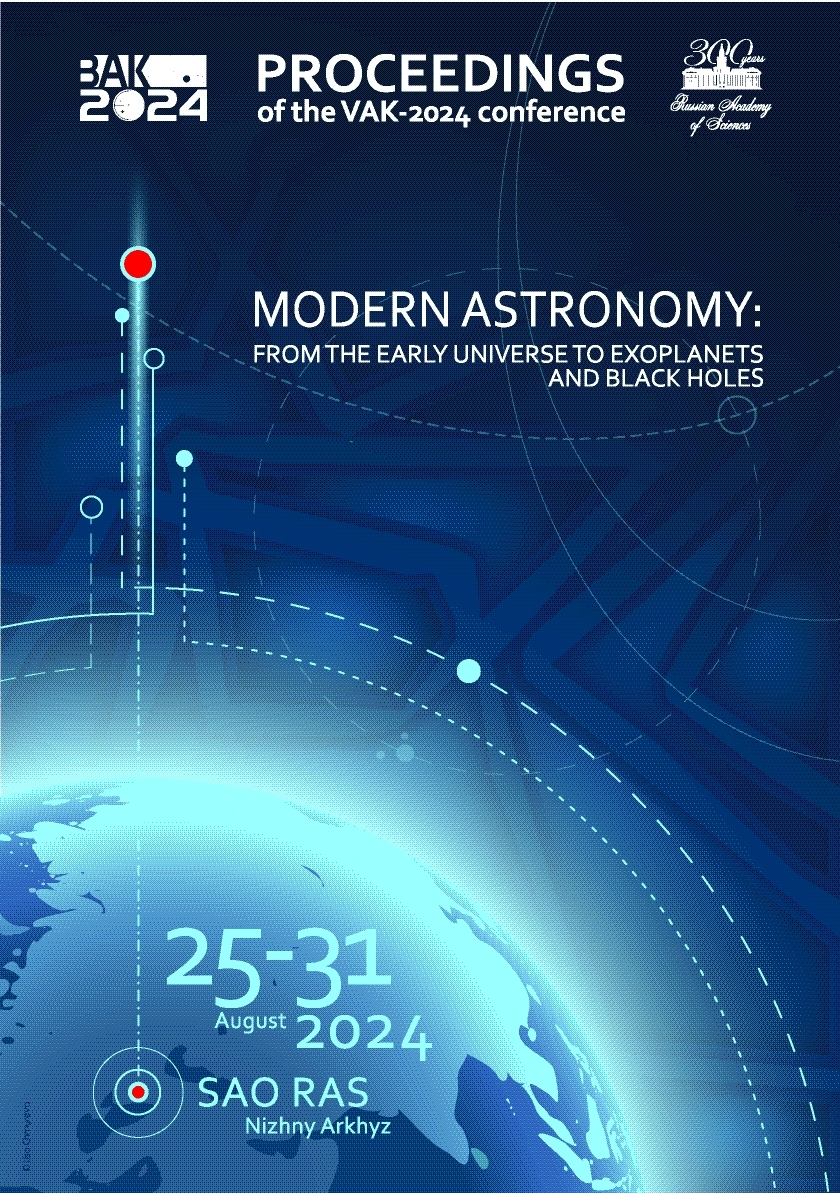УДК 52 Астрономия. Геодезия
УДК 53 Физика
УДК 520 Инструменты, приборы и методы астрономических наблюдений, измерений и анализа
УДК 521 Теоретическая астрономия. Небесная механика. Фундаментальная астрономия. Теория динамической и позиционной астрономии
УДК 523 Солнечная система
УДК 524 Звезды и звездные системы. Вселенная Солнце и Солнечная система
УДК 52-1 Метод изучения
УДК 52-6 Излучение и связанные с ним процессы
ГРНТИ 41.00 АСТРОНОМИЯ
ГРНТИ 29.35 Радиофизика. Физические основы электроники
ГРНТИ 29.31 Оптика
ГРНТИ 29.33 Лазерная физика
ГРНТИ 29.27 Физика плазмы
ГРНТИ 29.05 Физика элементарных частиц. Теория полей. Физика высоких энергий
ОКСО 03.06.01 Физика и астрономия
ОКСО 03.05.01 Астрономия
ОКСО 03.04.03 Радиофизика
ББК 2 ЕСТЕСТВЕННЫЕ НАУКИ
ББК 223 Физика
ТБК 614 Астрономия
ТБК 6135 Оптика
BISAC SCI004000 Astronomy
BISAC SCI005000 Physics / Astrophysics
The motion of the planetesimals and dust particles from the vicinity of the orbit of planet c in the Proxima Centauri exoplanetary system was studied. The computer simulations of planetesimal motion showed that during the growth of the mass of planet c by a factor of 2, the semimajor axis of its orbit could decrease by at least a factor of 1.5. After hundreds of millions of years, some planetesimals could still move in elliptical resonant orbits inside the feeding zone of planet c that had been mainly cleared from planetesimals. The amount of water delivered to the inner planet Proxima Centauri b probably exceeded the mass of water in Earth’s oceans. It is difficult to expect the existence of such a massive analogue of the Oort cloud around Proxima Centauri as around the Sun. The probability of the collisions of the dust particles with a diameter of about 100 microns migrated from the feeding zone of planet c with planet b could exceed 0.1, and it could be much greater than for the planetesimals from the same zone. More particles with diameters of the order of 10 and 100 microns can be delivered from the feeding zone of planet c to planet b than to planet c.
gravitation; methods: numerical; celestial mechanics; planets and satellites: formation
1. Ipatov S.I., 1993, Solar System Research, 27, 1, p. 65
2. Ipatov S.I., 2000, Migration of celestial bodies in the Solar System, Editorial URSS, Moscow
3. Ipatov S.I., 2010, IAU Symposium, 263, p. 41
4. Ipatov S.I., 2019, Solar System Research, 53, 5, p. 332
5. Ipatov S.I., 2021, Bulletin of the American Astronomical Society, 53, 3, id. 2021n3i1126
6. Ipatov S.I., 2023a, Meteoritics and Planetary Science, 58, 6, p. 752
7. Ipatov S.I., 2023b, Meteoritics and Planetary Science, 58, S1, p. A131
8. Ipatov S.I., 2023c, Solar System Research, 57, 3, p. 236
9. Ipatov S.I., 2023d, Solar System Research, 57, 6, p. 612
10. Levison H.F. and Duncan M.J., 1994, Icarus, 108, p. 18
11. Marov M.Ya. and Ipatov S.I., 2023, Physics–Uspekhi, 66, 1, p. 2
12. Schwarz R., Bazso A., Georgakarakos N., et al., 2018, Monhly Notices of the Royal Astronomical Society, 480, p. 3595









